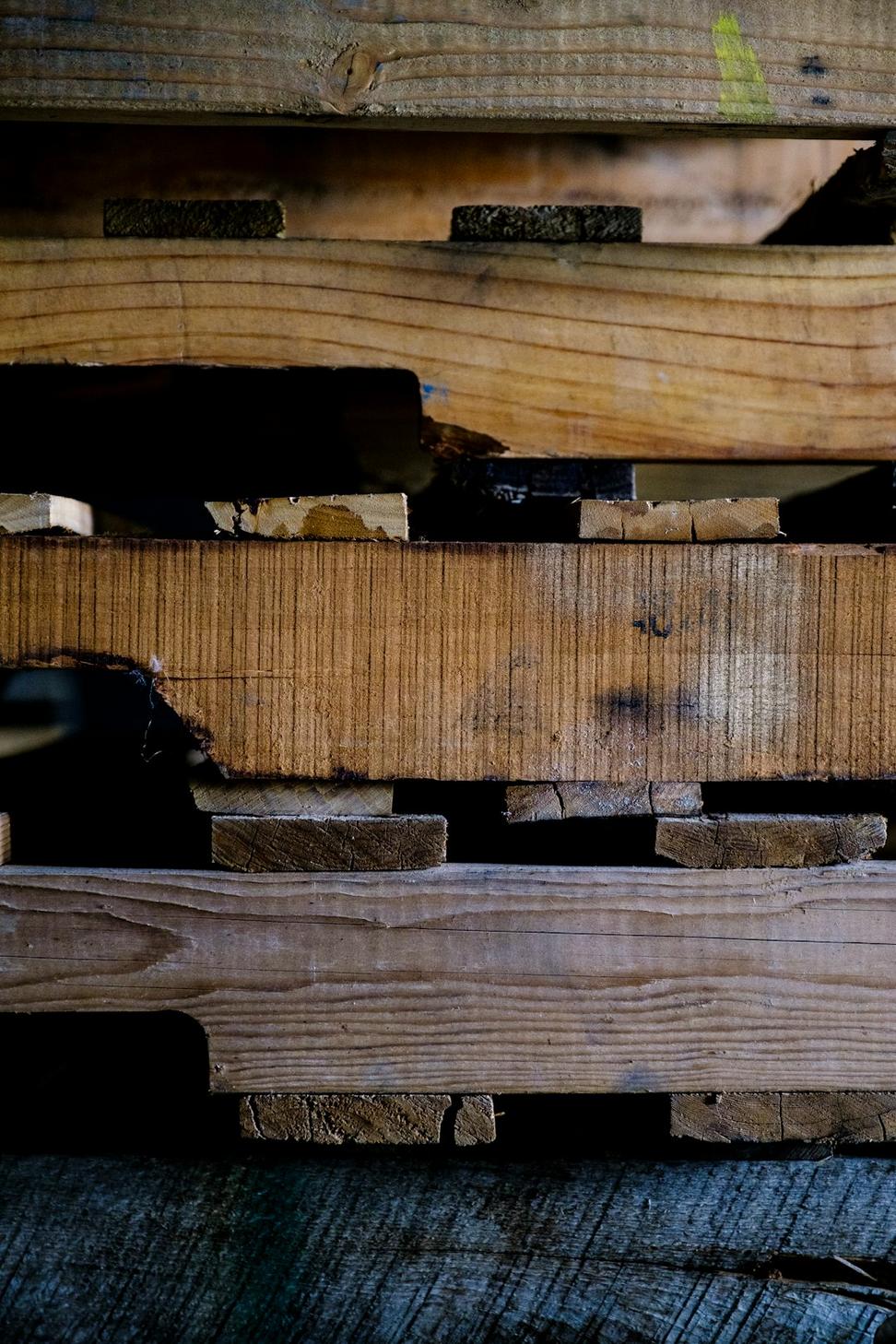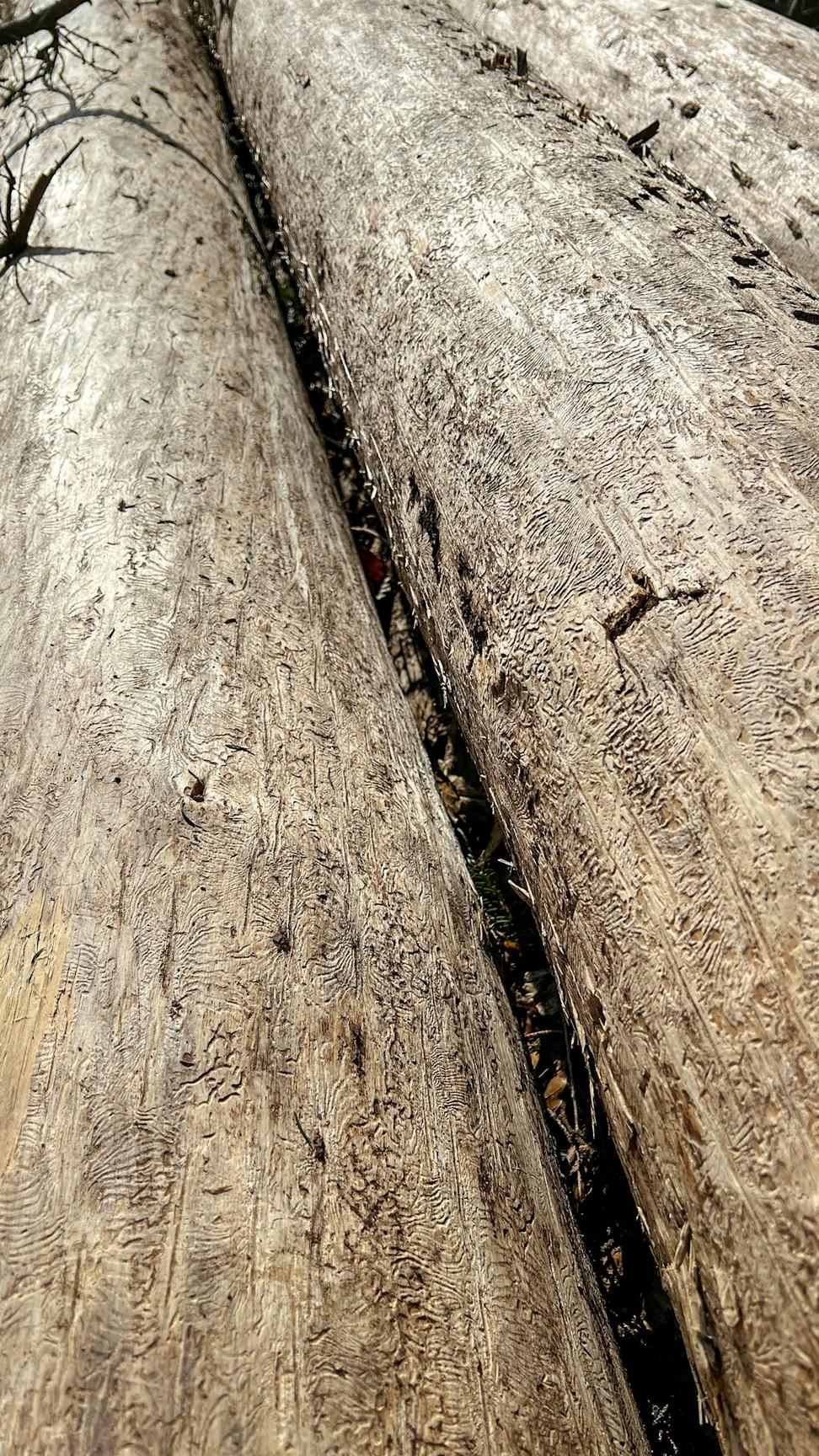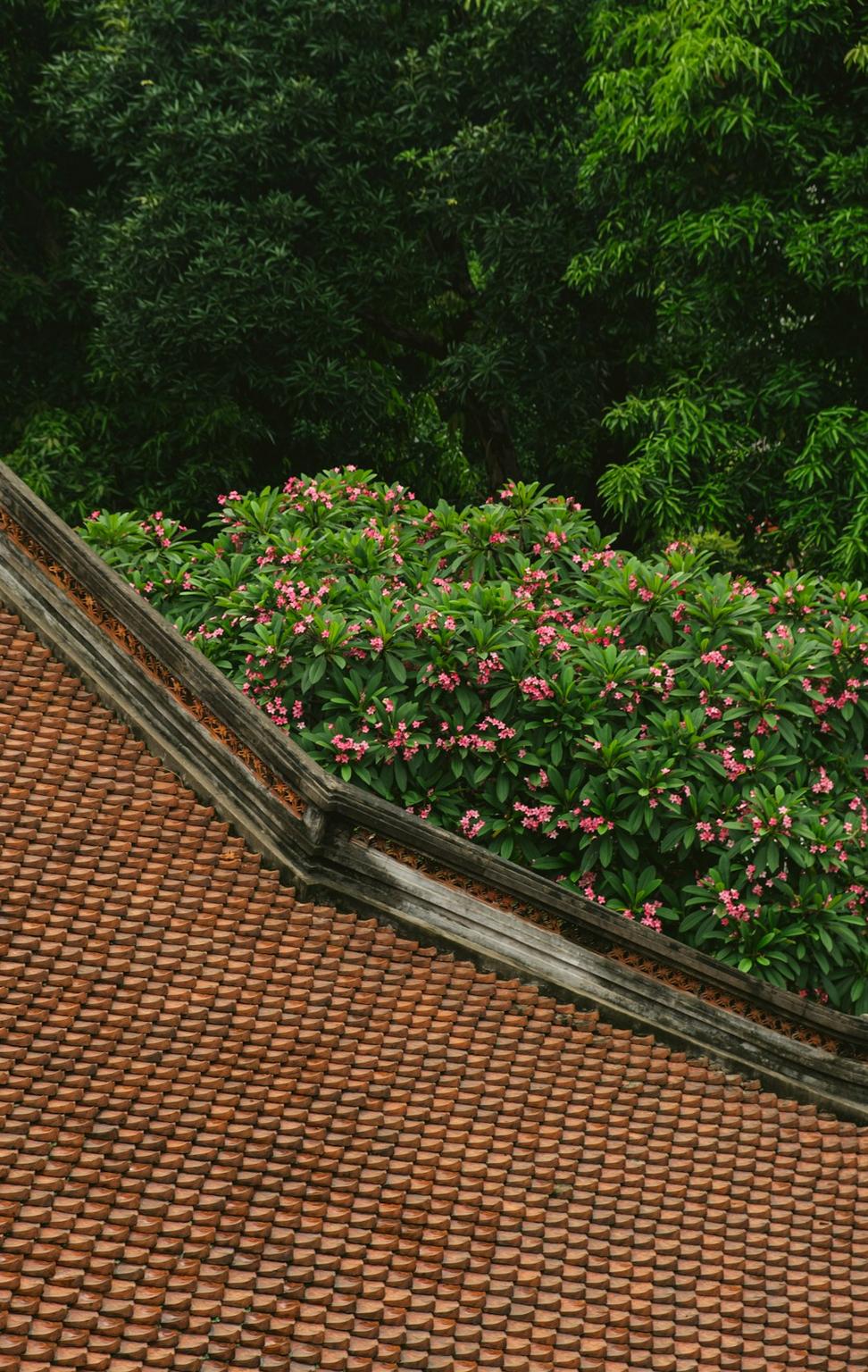Case Studies: What Actually Happened
These aren't theoretical - they're buildings people use every day
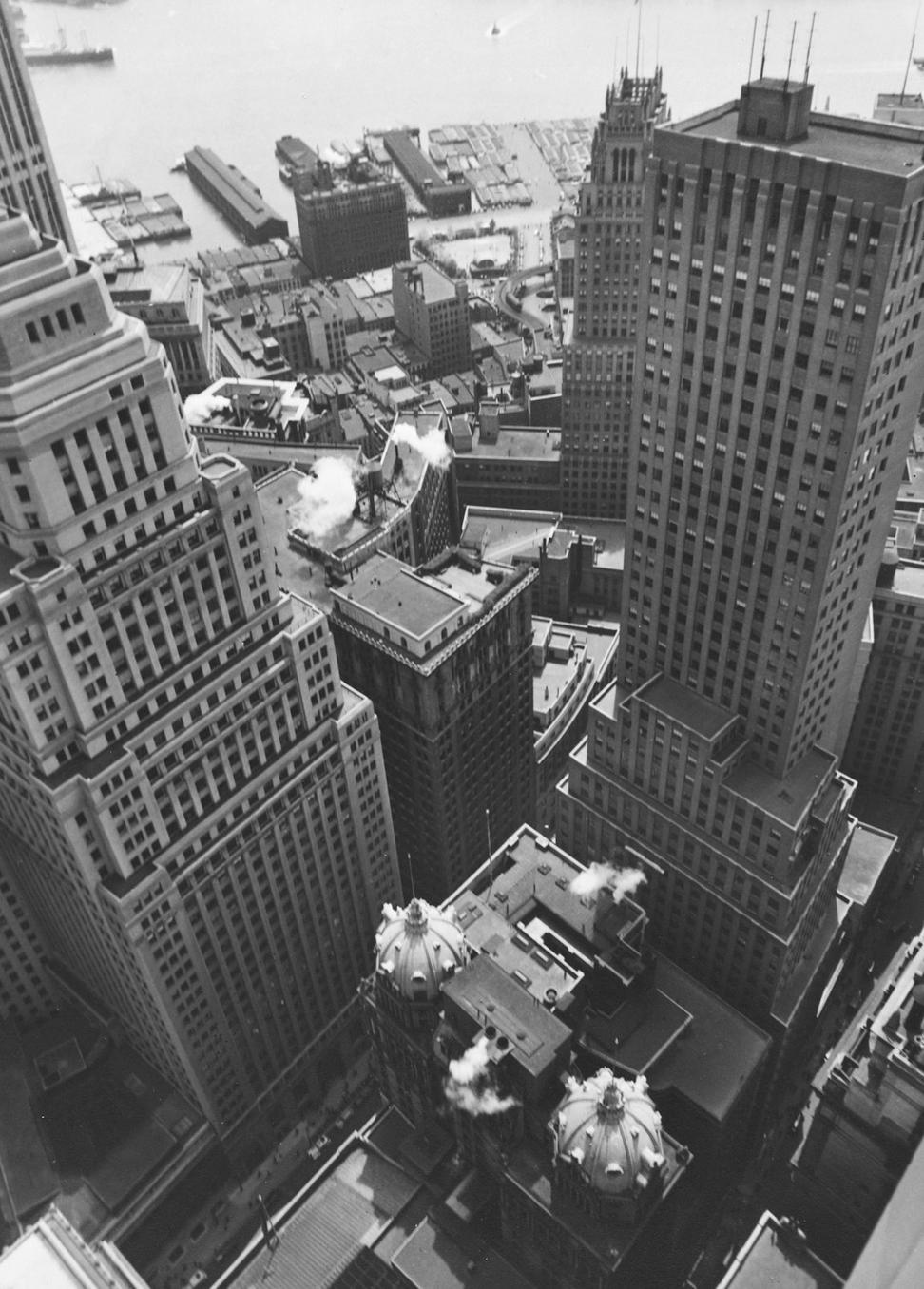
The Wellington Street Office Building
This 1920s building in downtown Toronto was... let's just say it was charming but completely inefficient. The owner wanted to keep the heritage facade (which we loved) but needed the inside to actually function for modern tenants.
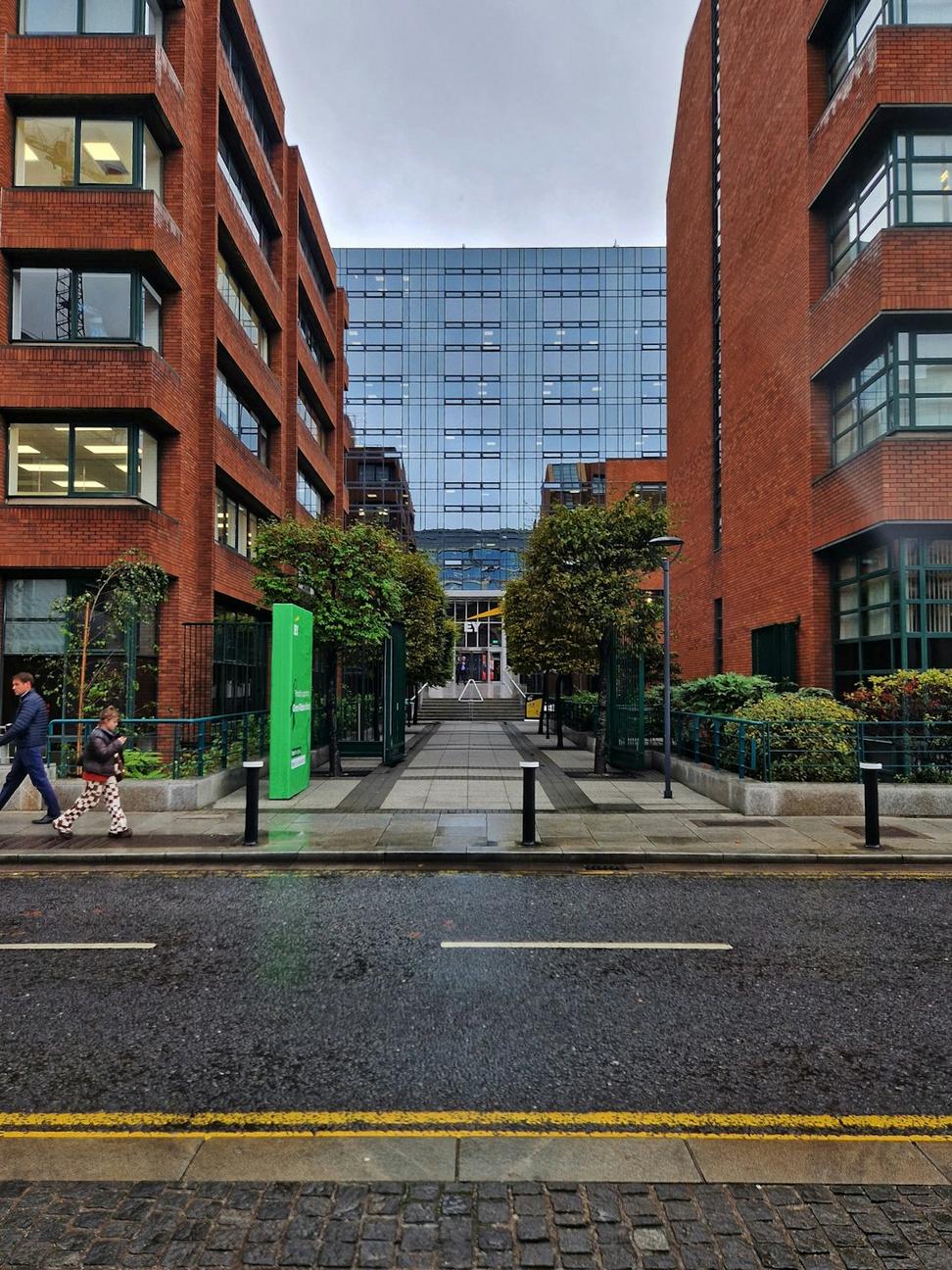
What We Learned
The biggest surprise? The tenants actually noticed. Usually nobody cares about the building systems, but the difference in air quality and temperature control was so obvious that we got emails about it. Good ones, which never happens.
The green roof was almost cut from the budget three times. Glad we fought for it - it's dropped the cooling load way more than we predicted. Plus the office workers go up there for lunch now, which wasn't even part of the original plan.
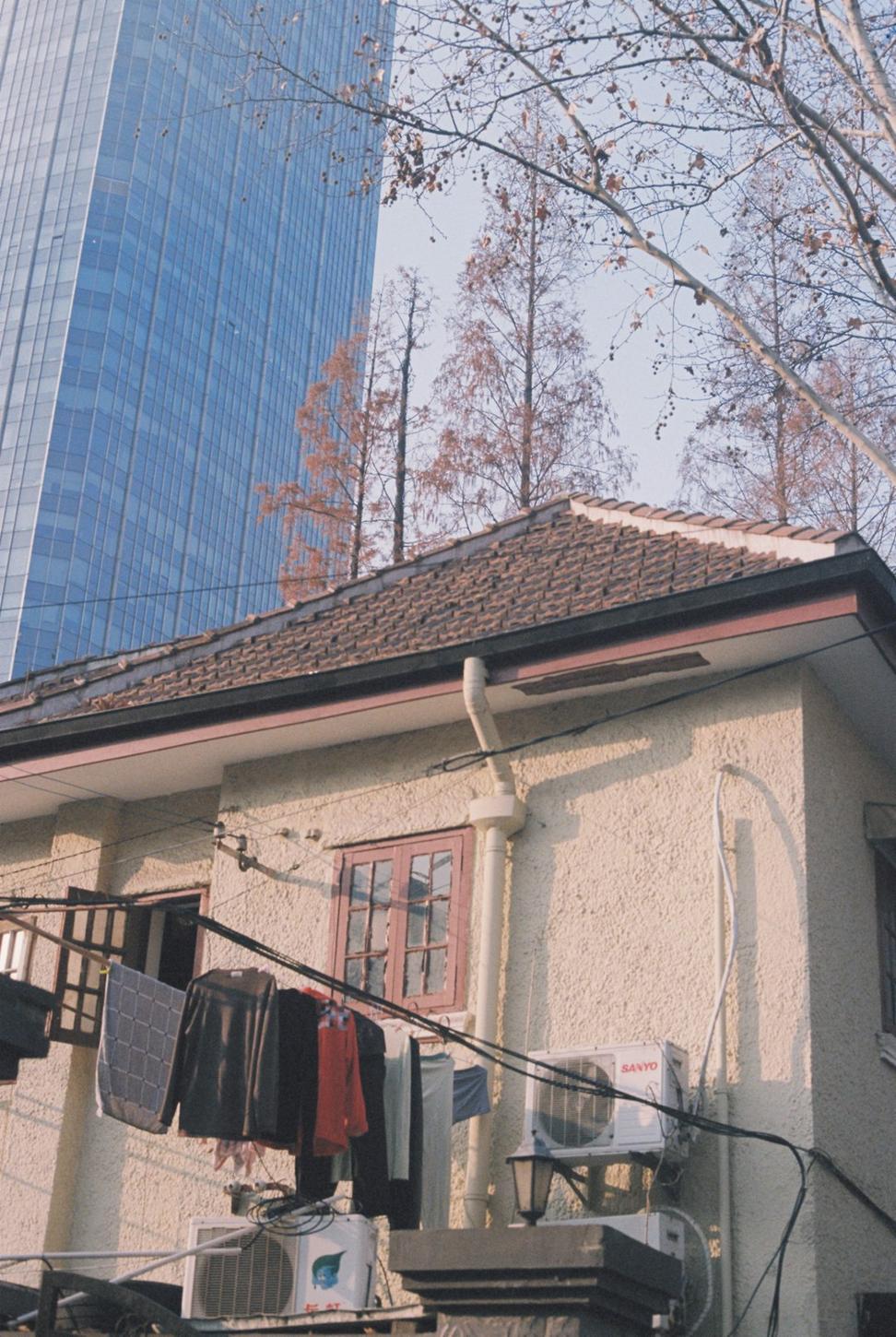
The Leslieville Family Home
This one was personal. Our client had twin babies and was freaking out about climate change (understandable). They wanted to go net-zero, which in Toronto isn't exactly easy. Their 1950s bungalow was basically a sieve.
Cost Reality Check
Total investment: $127,000 CAD
Government rebates: $32,000
Estimated payback: 14-16 years through energy savings. Not great, not terrible. But their heating bill went from $340/month to basically nothing.
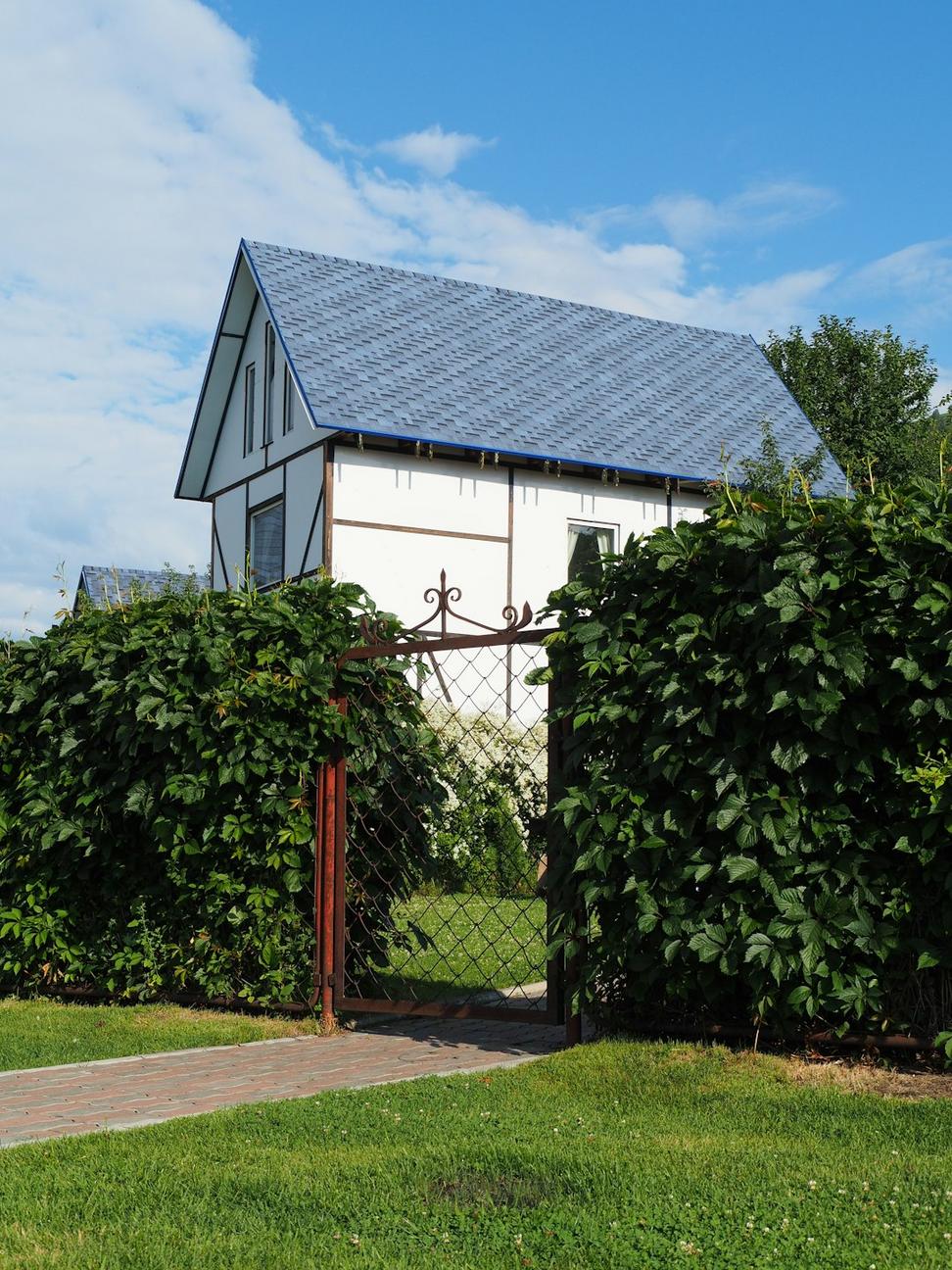
The Unexpected Stuff
So the family calls us six months in, and I'm thinking "oh no, what broke?" But they wanted to talk about their kids' health. Turns out the twins had fewer respiratory issues after we sealed up the house and improved ventilation. Wasn't even something we'd discussed, but the indoor air quality monitoring showed CO2 and particle levels way lower than before.
Also, their house is now the warmest one on the block in winter, which makes them very popular for kid playdates. Not exactly an official sustainability metric, but it counts for something.
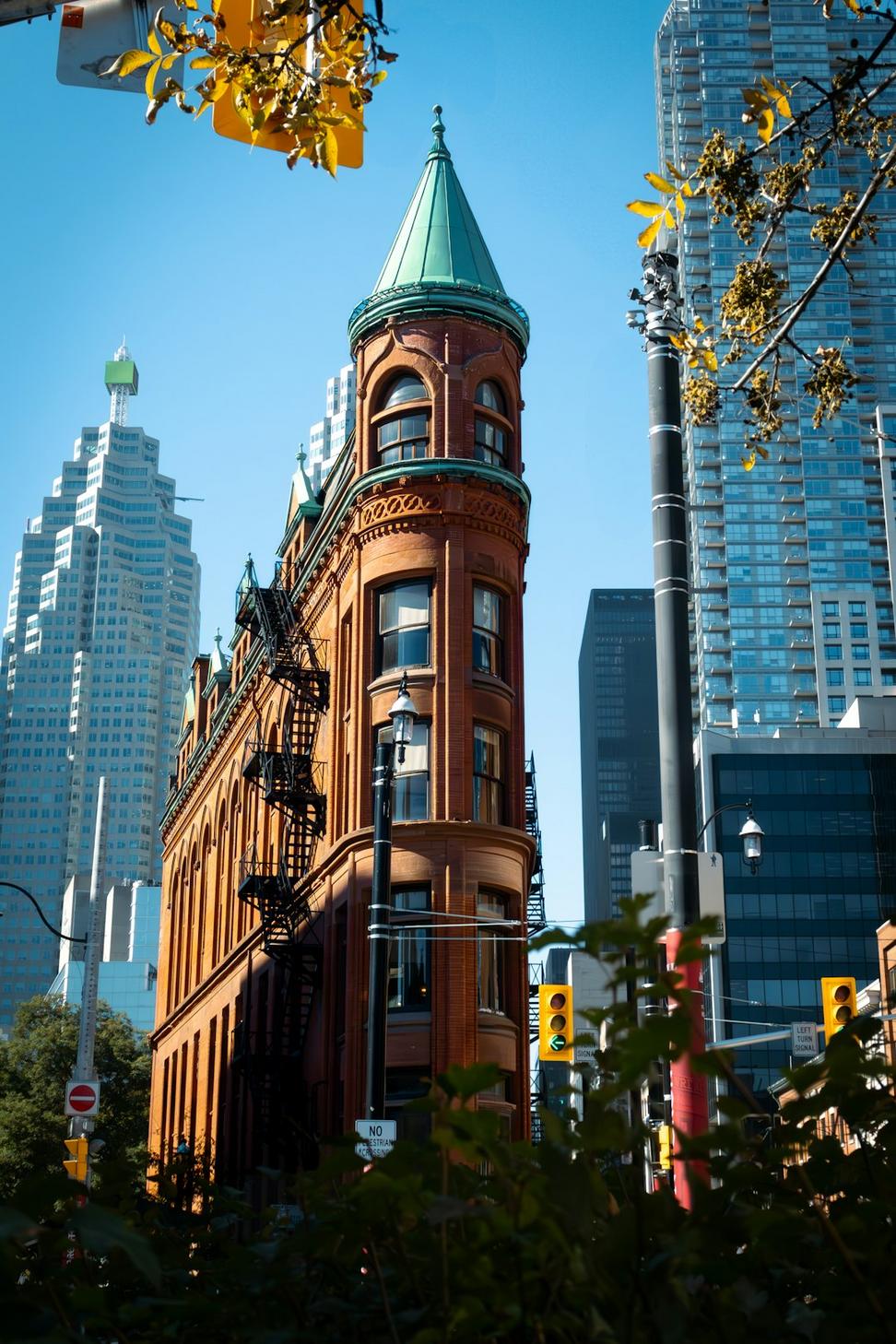
The Junction Warehouse Conversion
Old industrial warehouse, built like 1940s. Owner wanted to convert it to mixed-use retail and office space. The challenge? Keep the industrial character everyone loves but make it actually comfortable to work in year-round.
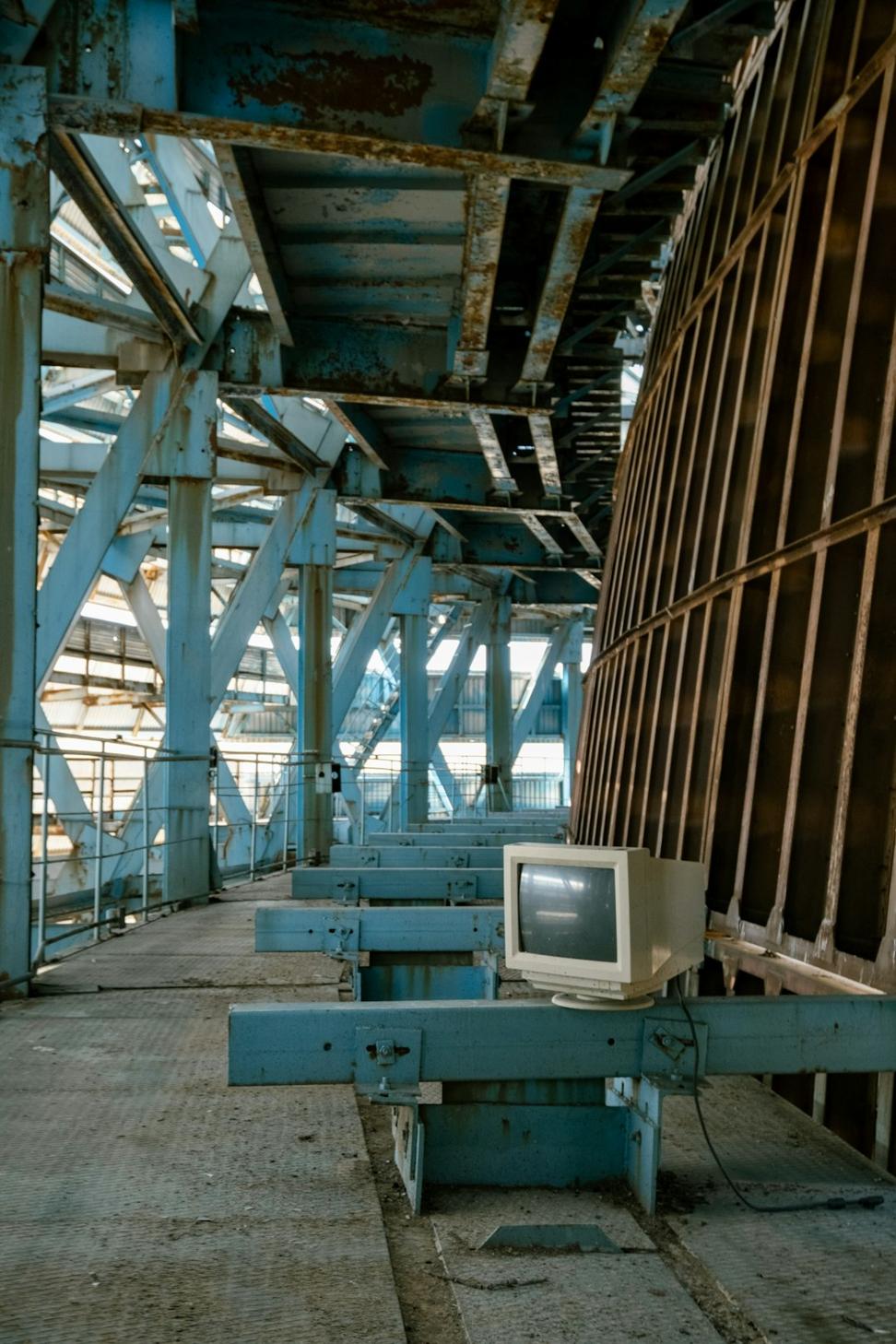
Two Years Later: The Results
This building's become kind of a case study for other developers in the area. The retail spaces on the ground floor leased out in like three weeks - turns out people really like working in naturally lit spaces. Who knew?
The office tenants on the second floor measured their employee satisfaction scores before and after moving in. Not our data, but they shared it with us - turns out natural lighting and good air quality actually matters for productivity. Revolutionary stuff.
"Honestly thought the 'green building' stuff was gonna be expensive window dressing. But our utility costs are less than half what we budgeted for. Pretty hard to argue with that."
